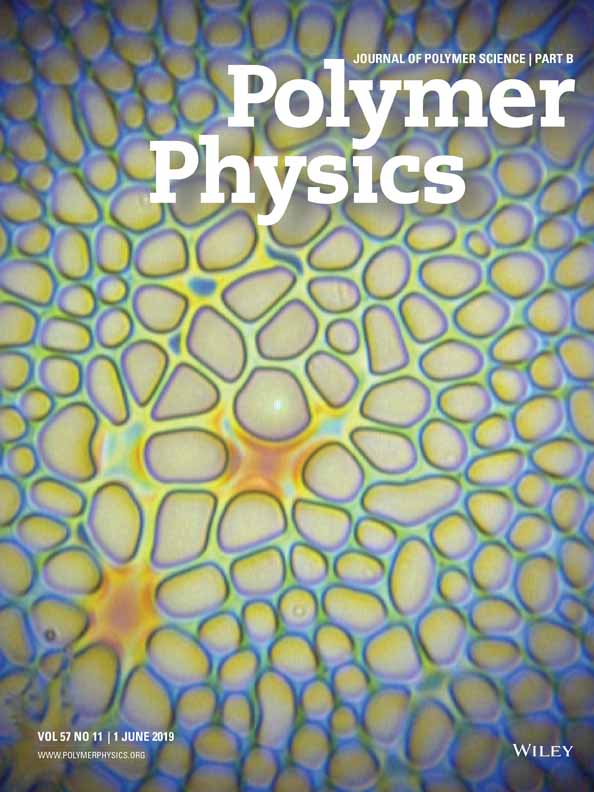Thin films of PS/PS-b-pnipam and ps/pnipam polymer blends with tunable wettability
ABSTRACT
We developed thin films of blends of polystyrene (PS) with the thermoresponsive polymer poly(N-isopropylacrylamide) (PNIPAM) (PS/PNIPAM) and its diblock copolymer polystyrene-b-poly(N-isopropylacrylamide) (PS/PS-b-PNIPAM) in different blend ratios, and we study their surface morphology and thermoresponsive wetting behavior. The blends of PS/PNIPAM and PS/PS-b-PNIPAM are spin-casted on flat silicon surfaces with various drying conditions. The surface morphology of the films depends on the blend ratio and the drying conditions. The PS/PS-b-PNIPAM films do not show an increase in their water contact angles with temperature, as it is expected by the presence of the PNIPAM block. All PS/PNIPAM films show an increase in the water contact angle above the lower critical solution temperature of PNIPAM, which depends on the ratio of PNIPAM in the blend and is insensitive to the drying conditions of the films. The difference between the wetting behavior of PS/PS-b-PNIPAM and PS/PNIPAM films is due to the arrangement of the PNIPAM chains in the film. © 2019 Wiley Periodicals, Inc. J. Polym. Sci., Part B: Polym. Phys. 2019, 57, 670–679




